TaliLady
Well-known member
- Joined
- Aug 16, 2015
- Messages
- 45
Hi Everyone!
As promised in my introductory post, I have taken some pictures of the pearls that I am currently using for my jewelry designs. I'm pretty sure that the pearls that I am using are Chinese freshwater pearls. But I have some pearls that were sold to me as Black Tahitian pearls that I now think (after some research and participating in this forum) are really dyed freshwater pearls.
What I'm also going to do is show pictures of a piece that I have made with each of the pearls, simply for your viewing pleasure.
Ok, here goes.... I'm sorry that these pictures are so huge, but I can't figure out how to make them smaller.
1. These are 6 - 6.5 white freshwater pearls.
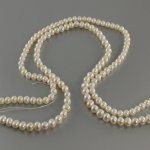
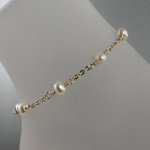
2. 6.5 - 7mm peacock freshwater pearls - Are peacock pearls dyed?
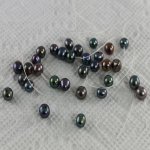
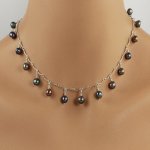
3. 12mm white large hole freshwater pearls
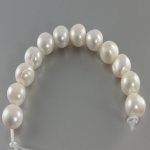
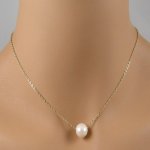
4. 9mm gray large hole pearl - These pearls look like they've been in a fight.
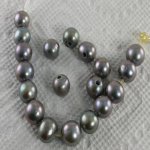
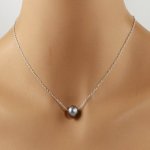
5. 9mm white large hole pearl
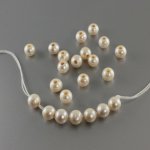
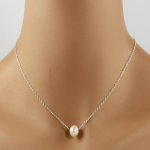
6. Okay, here are the so-called Black Tahitian baroque pearls. Now that I know a little more I think they are nuggets and not baroque. And of course I now believe they are dyed freshwater. Please confirm on both. The loose pearls in the middle are from a different strand.
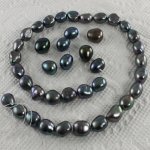
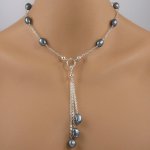
7. And lastly here are pearls that were sold to me as white baroque pearls.
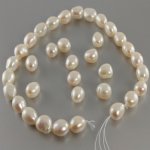
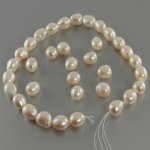
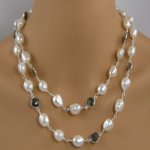
So, let me have it. Don't hold back. If I have been dupped, let me know. Better to find out now then later, and I now have some reputable places to shop for my future pearls.
Thanks in advance for taking the time to look.
As promised in my introductory post, I have taken some pictures of the pearls that I am currently using for my jewelry designs. I'm pretty sure that the pearls that I am using are Chinese freshwater pearls. But I have some pearls that were sold to me as Black Tahitian pearls that I now think (after some research and participating in this forum) are really dyed freshwater pearls.
What I'm also going to do is show pictures of a piece that I have made with each of the pearls, simply for your viewing pleasure.
Ok, here goes.... I'm sorry that these pictures are so huge, but I can't figure out how to make them smaller.
1. These are 6 - 6.5 white freshwater pearls.


2. 6.5 - 7mm peacock freshwater pearls - Are peacock pearls dyed?


3. 12mm white large hole freshwater pearls


4. 9mm gray large hole pearl - These pearls look like they've been in a fight.


5. 9mm white large hole pearl


6. Okay, here are the so-called Black Tahitian baroque pearls. Now that I know a little more I think they are nuggets and not baroque. And of course I now believe they are dyed freshwater. Please confirm on both. The loose pearls in the middle are from a different strand.


7. And lastly here are pearls that were sold to me as white baroque pearls.



So, let me have it. Don't hold back. If I have been dupped, let me know. Better to find out now then later, and I now have some reputable places to shop for my future pearls.
Thanks in advance for taking the time to look.
